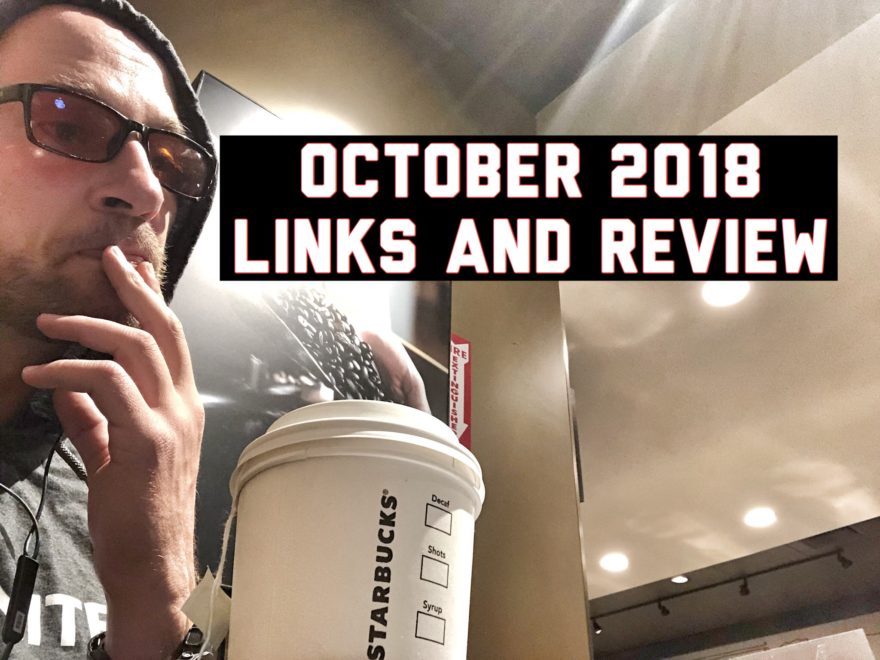Tag: passive

October 2018 Links and Review
Every week, my newsletter subscribers get links to some of the goodies that I’ve come across on the internets. Here…
The Sensitive Nervous System Chapter XI: Neurodynamic Testing for the Spine and Lower Limb
This is a summary of Chapter XI of “The Sensitive Nervous System” by David Butler. Intro For today’s chapter, I…
